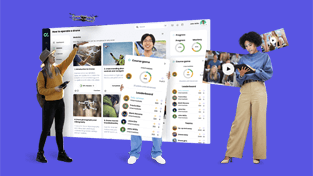Be proactive with adaptive education
Don’t stop learning – even when disaster strikes

Learning equipped for any scenario
It’s nearly impossible to predict if and when disaster will strike. When it does, the impact can be immediate and incredibly disruptive, halting in-person learning and forcing teachers and administrators to come up with creative solutions to prevent learning from coming to a halt. And that is no easy task.
Are you struggling to…
Enable the continuation of learning amid temporary or permanent school closure due to physical damage or safety concerns during a disaster
Quickly deploy emergency learning resources
Manage disruption in communication and coordination among educational stakeholders
Gain data for informed decision-making during a crisis, such as tracking student well-being and academic progress
Address varied learning needs and challenges faced by students during a crisis, requiring flexible and personalized support
Be better prepared for disaster:
The PIE process
The key to successful disaster-proof education is finding the right tools and teaching activities at the right time. The Plan, Implement, Evaluate (PIE) process defines best practices complete with concrete steps that any educator can integrate into their own classroom.
Plan
Planning can be done by a teacher for their classroom, or as part of a group of educators and edtech specialists. Consider:
Set goals and objectives for what you’re trying to achieve.
Find out what is your school’s technological and pedagogical capability for remote learning.
Do learners have access to technology and Internet access at home?
Know your students’ learning styles so you can develop the right approach.
Make sure that all teachers know how to deliver a virtual class.
Implement
Implementation is the key phase in which planned strategies are put into action. Key components include:
Make sure your content is available on a digital platform and that it’s aligned with your technology and pedagogy.
Evaluate your current digital tools, like an LMS, and their potential for remote learning. If you aren’t using one now, ask these questions before making a choice:
- Is the LMS easy to set up and implement?
- Does the LMS provider offer full support and assistance to users?
- Does it possess the features that you are looking for or want to have?
- What are the technological constraints between the users and the school?
Learning will be virtual and remote, and you want to make sure the platform can support these activities. Some of the virtual activities that work well are:
- Discussion forums
- Debate assignments
- Wikis
- Online groups
- Web-conferencing
- Group chat
- Quizzes
- Freeform assessments
Evaluate
Evaluation is the way to know if the implementation has been successful, with three key components:
Show teachers, students, and parents how to accommodate remote learning.
Keep track of teachers’ and students’ progress and develop an effective feedback system.
Make the necessary adjustments to your implementation. Upgrade, innovate and update as often as needed.
Award-winning platform for education
In the past year, we’ve received over two dozen awards for our innovative learning technology, including Forbes Advisor’s “Best Overall Employee Training Software” and “Best LMS.” We’ve also received recognition for our work in academia, earning the title of “Best K-12 Remote Learning Partner” in the SIIA CODiE 2022 Awards and numerous other awards.






















Case study: CYPHER Learning helps school respond during COVID-19
When the pandemic hit, Mindbuilders Preschool turned toward CYPHER Learning to continue to provide educational experiences to their students.
“In the midst of a nationwide quarantine, we managed to maintain the standards of our education that we have built for almost two decades,” said Directress Marah Estuesta.
Traditional tools often come with a steep learning curve, making fast adjustments during disaster nearly impossible. CYPHER’s intuitive user interface is geared toward learners of all different ages, skill levels, and abilities, decreasing the time needed to get students up to speed.
Teachers and parents also benefit from the easily navigable and intuitive platform. “We were happy with the tools provided by CYPHER to organize the lessons prepared by the teachers. We were amazed by how easy it was for the students and parents to access and download the learning materials,” said Pach Pacheco-Beton, a teacher and curriculum consultant.
Overall, CYPHER enables the rapid deployment of announcements and learning resources, enables the continuity of personalized learning support, allows teachers to check in on students well-being, and more – even when disaster strikes.
A modern learning platform for continuous learning during disaster
See how the CYPHER platform can better equip students and teachers if disaster strikes.
Plan
Decrease administrative drudgery
Set up automation tools to strategically reveal or conceal content based on performance, maximizing relevance and engagement and ensuring learners engage with material that matches their skill level. Define mastery rules that unlock advanced modules, ensuring learners are constantly progressing. Adaptive learning provides students with a personalized learning experience even when teachers aren’t physically present.
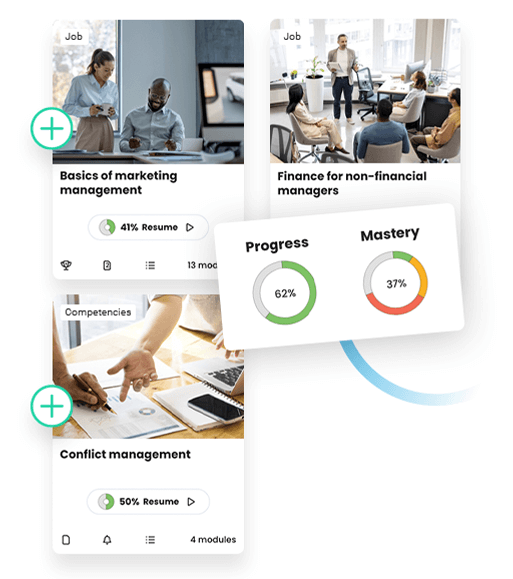
Easily create and manage classes
With robust authoring tools, you can easily develop courses, assessments, gamification elements, and map competencies to content – all on one platform. Tailoring courses to individuals is effortless with unique digital learning profiles, ensuring customized learning at scale. This unified model allows for faster deployment of courses in emergencies.
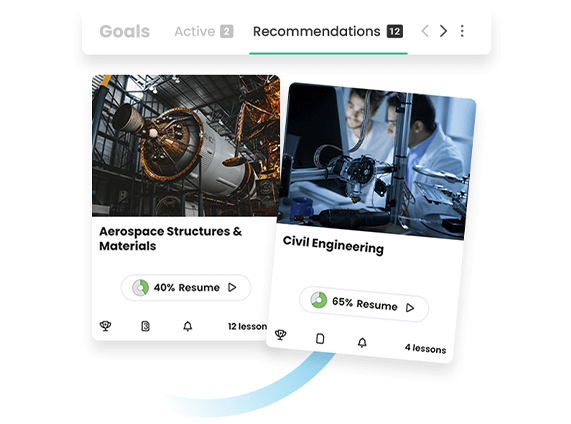
Support for diverse students
The platform is designed to be accessible, catering to students with different learning needs and preferences, which is essential for inclusive education. Screen reader compatibility ensures ease of navigation and interaction for learners with cognitive or motor impairments. MS Immersive Reader aids comprehension and offers text adjustment tools. AI 360's voiceover capabilities create multisensory experiences, benefiting users with various disabilities, and more.
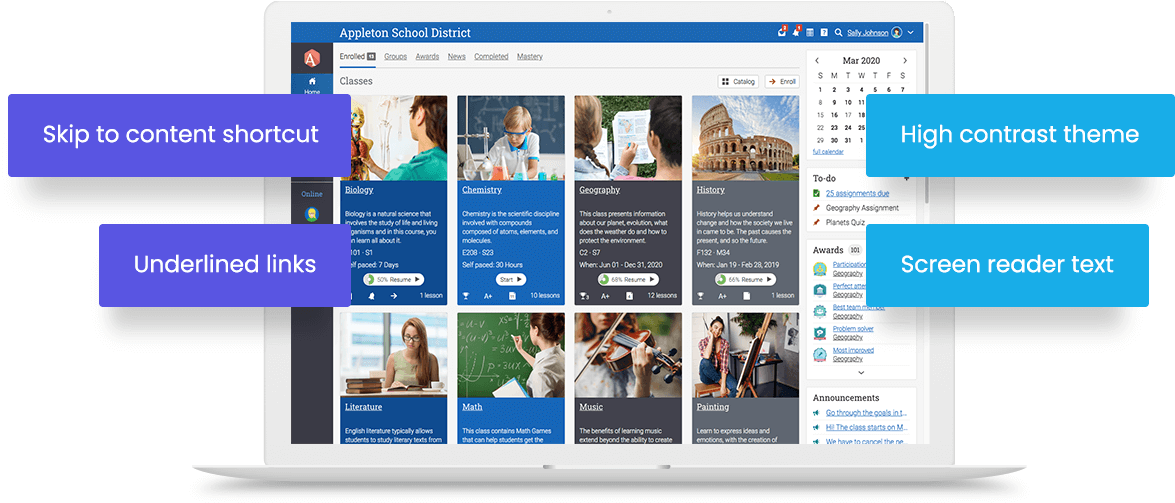
Combine the power of AI 360 with your unique content
With options to have AI 360 pull exclusively from your uploaded content, you can quickly create courses tailored to the classes you teach. Upload lecture videos, PDFs, materials from past years, and more. AI 360 with Copilot will take care of the rest. Decrease the time needed to turn in-person lessons into disaster-proof online courses.
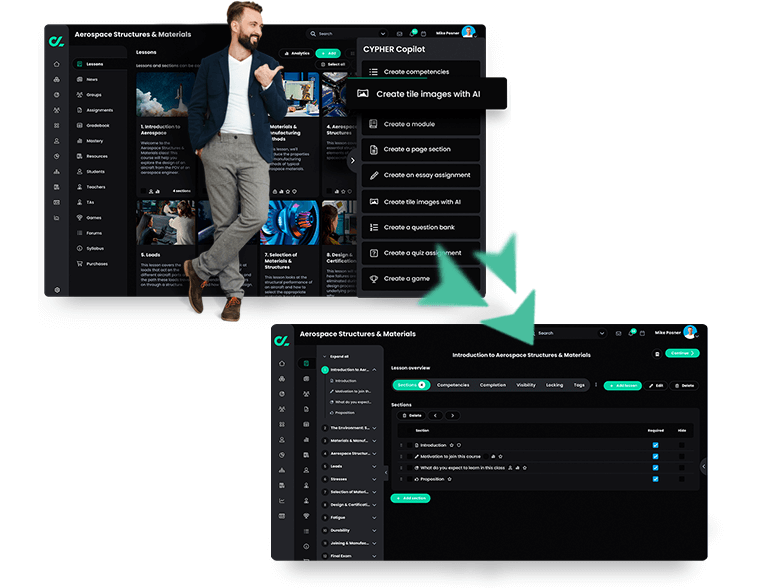
Connect courses to external tools and platforms
The CYPHER platform integrates with a wide range of external tools and platforms such as Google Workspace, Microsoft 365, various web conferencing tools like MS Teams and Zoom, and educational content platforms like Coursera and Udemy. This integration allows for a more comprehensive and diverse learning experience, combining a variety of resources.
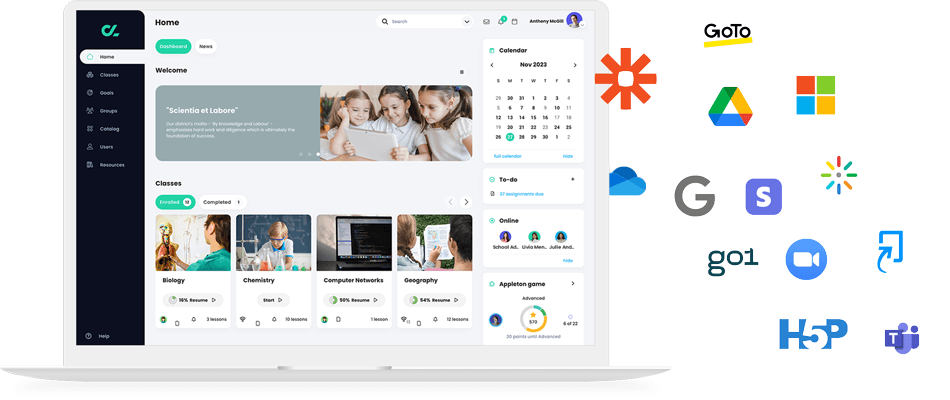
Choose your online teaching method
Teachers can choose from instructor-led, self paced, blended, or micro learning. With options for different teaching styles, you can ensure the smoothest transition possible for students and teachers, adjusting to their preferences.
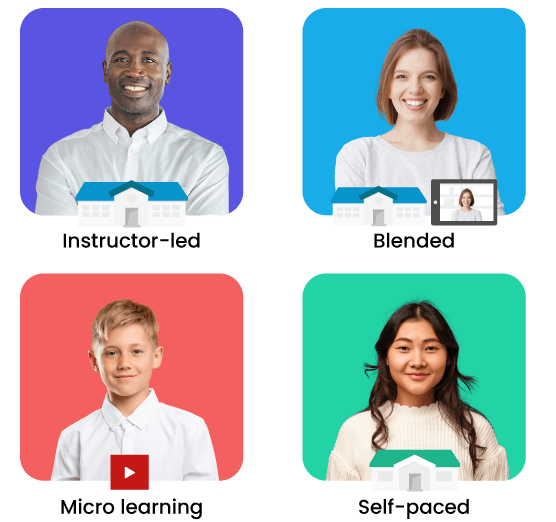






Implement
Promote teacher-student and peer communication
CYPHER includes various collaboration tools such as chat, wikis, forums, and blogs. It also has a built-in messaging system with email integration and calendaring features. These tools facilitate communication and collaboration among students and teachers, which maintains solidarity and connection in disasters and allows teachers to monitor students well-being.
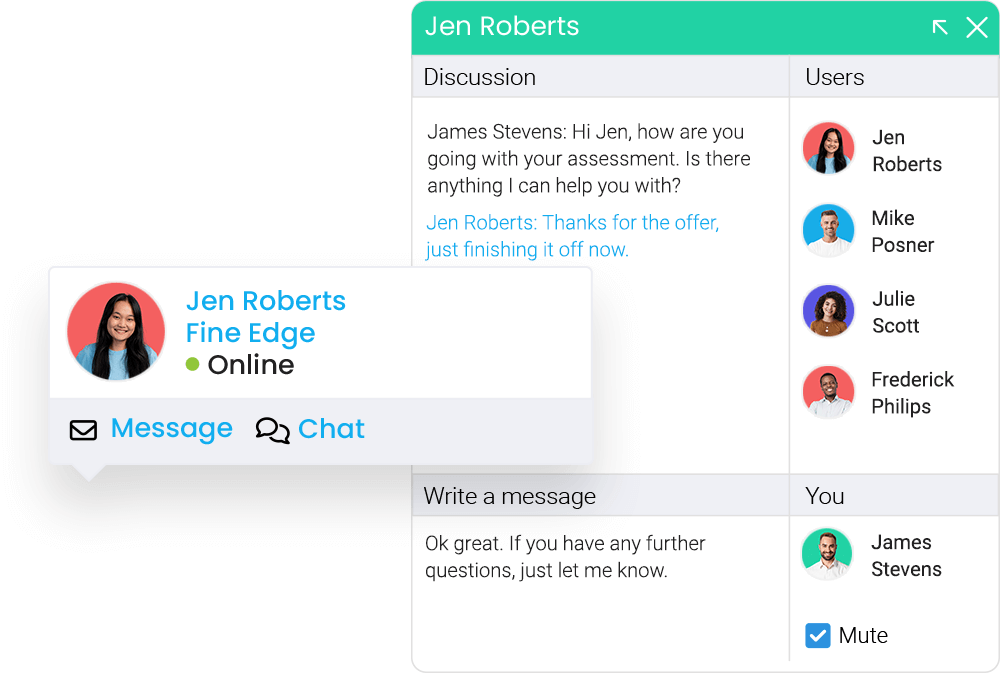
Learn anytime and anywhere
The platform provides a user-friendly interface that is accessible on multiple devices, including native mobile apps for iOS and Android. This ensures that students and teachers can access learning materials and interact with each other seamlessly, whether in the classroom or remotely. It also is a viable option for children who do not have 24/7 access to computers when disaster strikes.
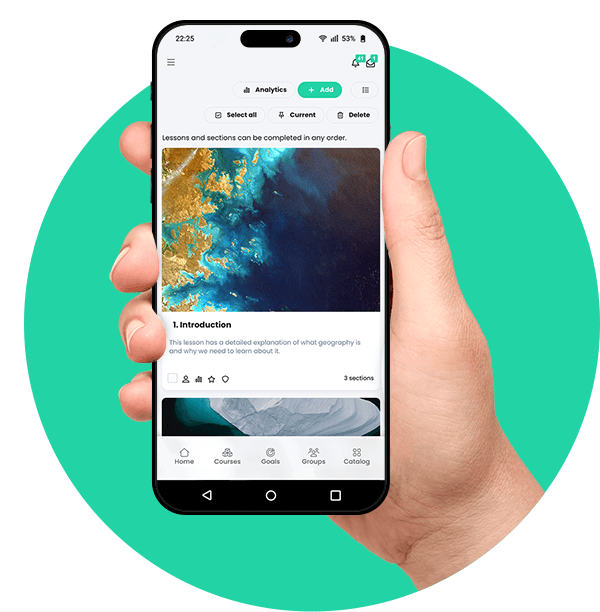
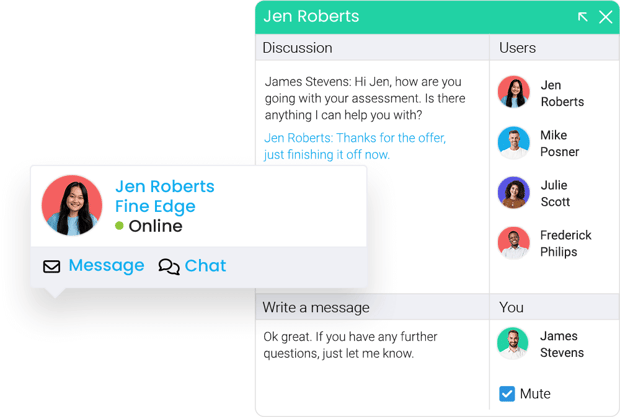
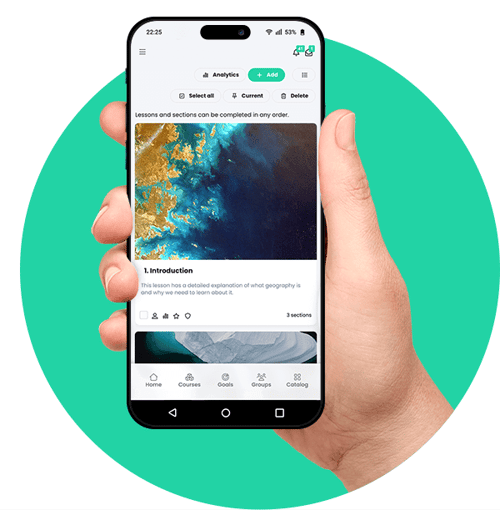
Evaluate
Measure and track student progress
Tailor courses to individual students to help them achieve mastery-level proficiency, and align assessments with competencies using advanced analytics tools to determine whether students are on track or falling behind in classes. This way, you can intervene and ensure students who need additional support receive it and keep pace, even during disaster.
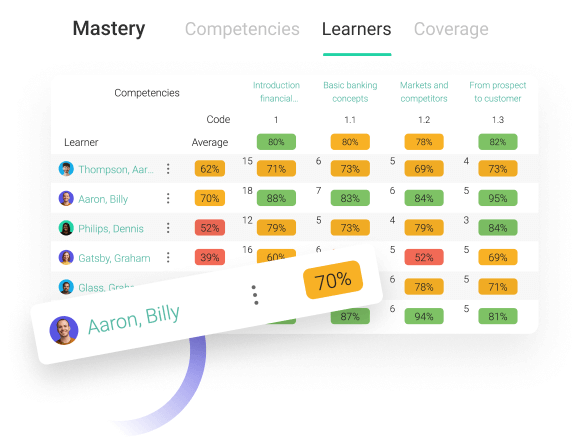
Easily monitor and assess student performance
The platform offers advanced analytics and reporting tools, including completion progress tracking, student activity timelines, and ad-hoc reporting. These features enable educators to monitor and assess student performance and engagement under normal circumstances or disaster.
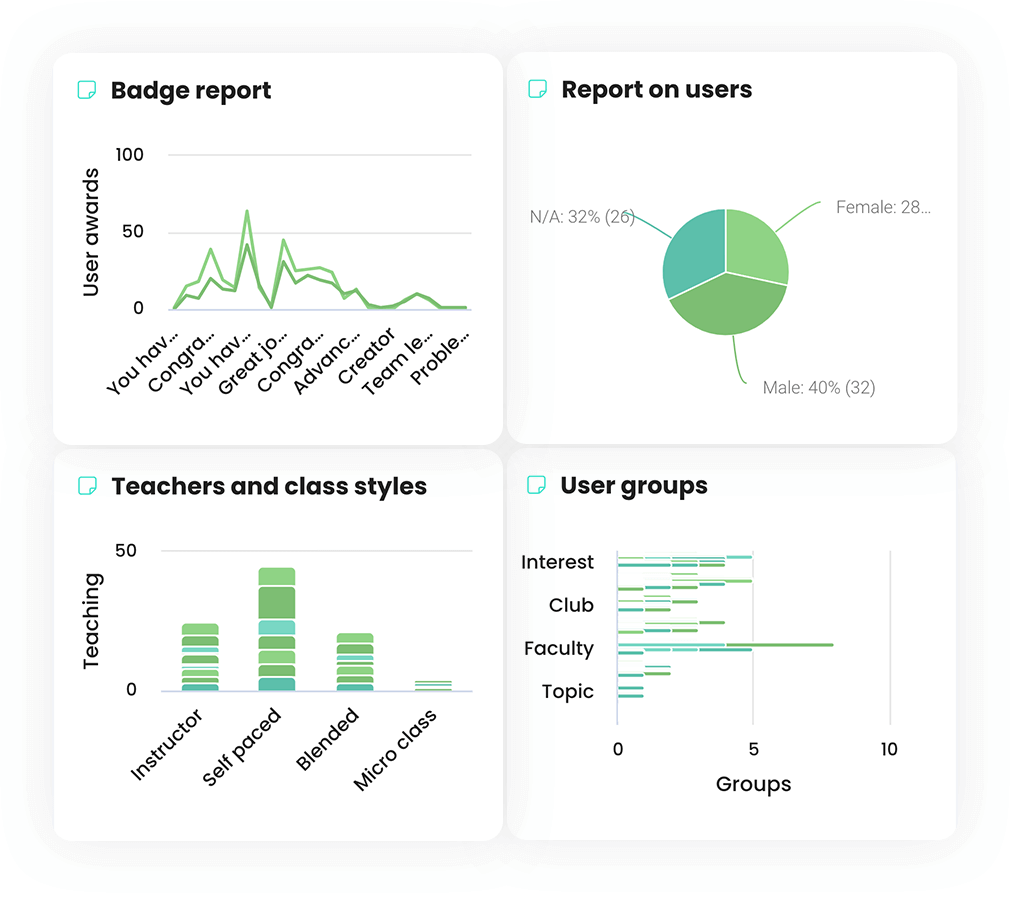
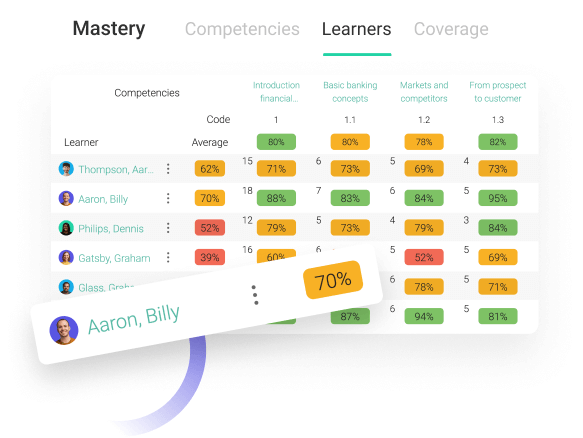
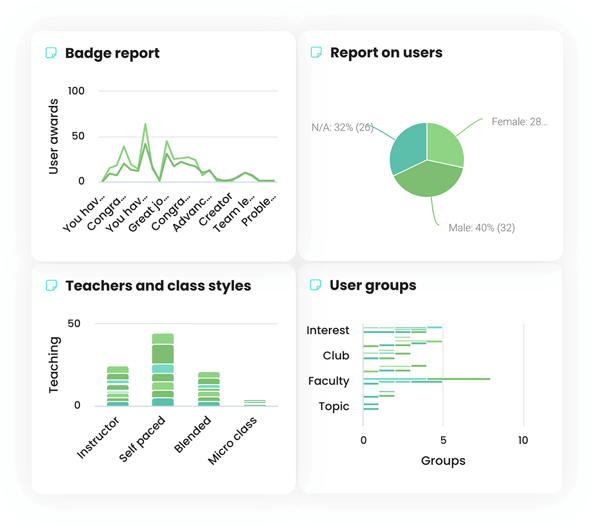
Supercharged disaster-proof learning. In minutes.
AI 360 with Copilot on the CYPHER platform can supercharge learning by enabling you to deliver robust new courses fast – even during disaster – and ensure that course material engages and inspires your students. Imagine building competency-based, gamified, and personalized courses in minutes!
This lets you:
- Create competency-based learning courses tailored to districts, schools, classes and individuals – using your own uploaded content – and launch it just in time!
- Control your content’s quality, accuracy, and credibility
- Create courses in 50+ languages
- Ensure subject-matter proficiency for every student, at scale

